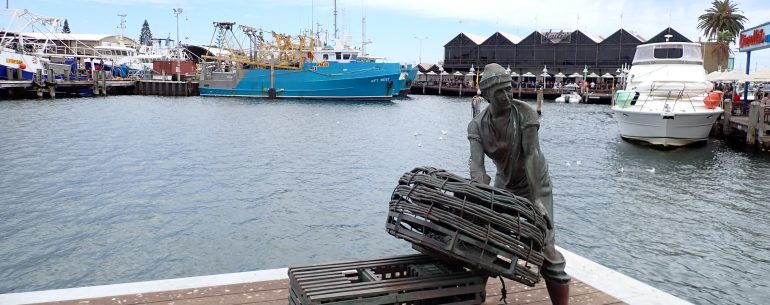Continuing the theme of syllabally-challenged names, today we went to Freo – perhaps better known as Fremantle. This vernacular diminutive – Freo – is what most locals call the port at the mouth of the Swan River. We had been through on the ferry to Rotto yesterday, but from the water it looked fairly unprepossessing – mainly just port-like. By land though, it is a lovely area showing off in style its historic heritage. The architecture immediately drew your mind back in time to the early days of colonisation.
Fremantle (and the coast around) was originally visited in the 1600s by Dutch explorers who named it New Holland, but in 1828 Sir Charles Fremantle, commanding the 26-gun frigate HMS Challenger, landed on Garden Island and claimed all that part of New Holland (Australia) which is not included within the territory of New South Wales in the name of King George IV. The town was named after him. The fact that in 1826 he was charged with raping a 15 year old girl is one perhaps better forgotten. His family apparently paid off witnesses and leant on the judiciary. Some time away at sea was clearly a good idea! In 1850 when penal transportation to the colonies began, Fremantle (ironically in light of who it is named after) became the primary destination for convicts. Freemantle Prison (built by convicts!) kept going long after transportation ended in 1868 and is now a world heritage site.
We took the train to Freo and had a wander round the main streets and then across to the old fishing harbour. Just north of the fishing harbour is the Western Australian shipwrecks museum. This museum tells the history of the exploration of the area and the huge number of wrecks on the WA coast. They focus on one in particular – the Batavia.
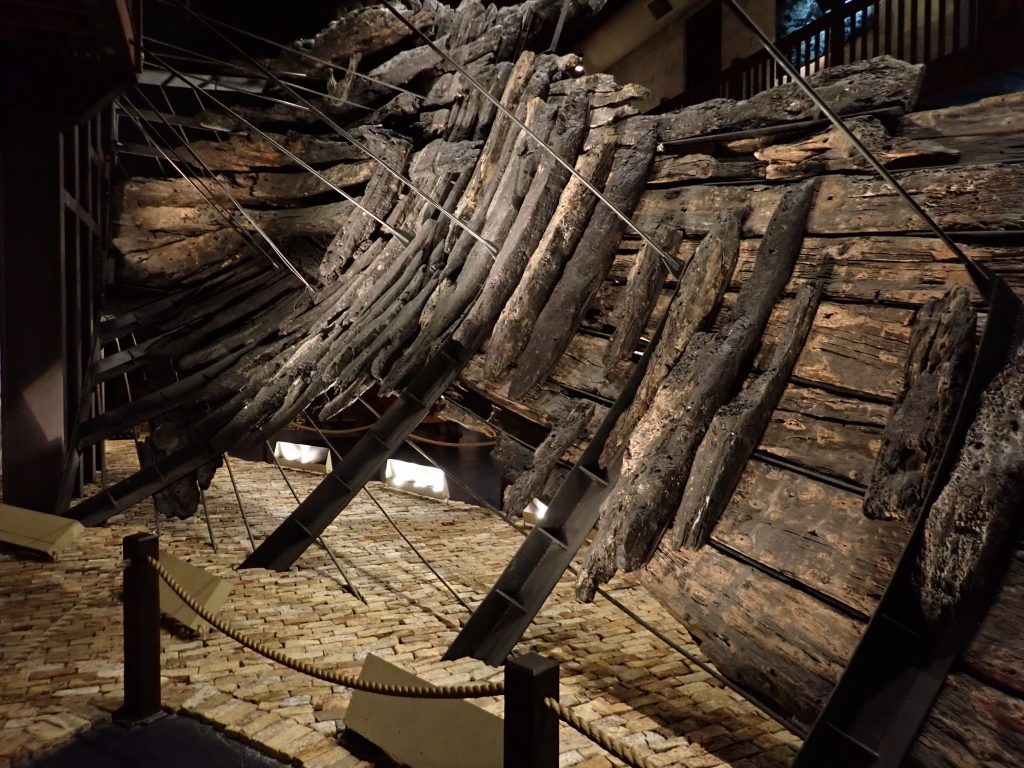
The story of the Batavia is a particularly brutal one. She was built in 1628 and was one of the flagships of the Dutch East India Company (VOC). She was not a happy ship though. The captain – Francisco Pelsaert – seems to have been quite ineffectual and unknown to him, a group led by Jeronimus Cornelisz (a senior VOC official) were plotting a mutiny on their way to Batavia (Java) – the capital of the Dutch East Indies. Before they had a chance to mutiny though the ship was wrecked on the Houtman Abrolhos, a chain of small islands off the western coast of Australia. 300 of the 341 passengers made it ashore but found islands with no water or obvious food. So, Pelsaert took one of the ship’s boats off to Batavia to get help. With the captain gone Cornelisz took charge and sent most of the soldiers off to a nearby island on the pretence of getting them to find water. With all the soldiers gone he started the slaughter of many of the passengers. Anyone who disagreed or he didn’t like the look off was murdered – around 125 people including women and children ended up dead. The soldiers (under the leadership of Wiebbe Hayes) had unexpectedly found water and waged war with Cornelisz group. In October 1629 while they were waging a particularly deadly battle, they were rescued by the return of Pelsaert in the rescue ship Sardam. Pelsaert then tried and convicted Cornelisz and six accomplices, making them the first people to be legally executed in Australia! Two more were just left on the mainland, making them the first Europeans permanent inhabitants of Australia ……
The rest of the museum was a fascinating history of the charting and exploration of the Western Australian coast – mainly by the Dutch initially, followed by the English – notably Captain James Stirling, generally considered the founding father of the Swan River Colony.
From the shipwrecks museum we headed on, following something of a theme, to the WA Maritime Museum. The main reason for visiting here was to see the iconic 12 metre – Australia II. Funded by Alan Bond (later imprisoned for fraud!) she was the first boat to snatch the America’s Cup from the hands of its holders – the US – who had held it for 132 years. She was launched in 1982 and her innovative winged keel (designed by Ben Lexcen) was kept hidden all the time when she was lifted in and out of the water. It was only revealed once they had won the cup.
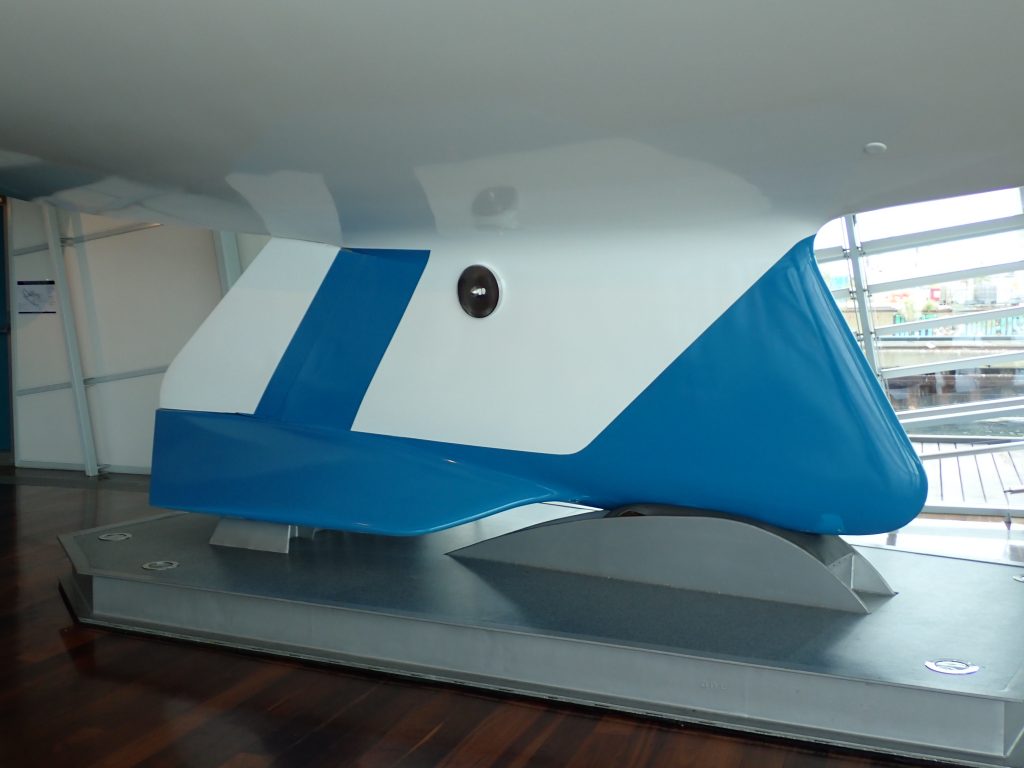
She won in what was perhaps one of the closely contested America’s Cup series ever. The racing was tied at 3 races each with the final race being the decider. Australia II was behind at the last mark but managed to work they way ahead to take a very narrow historic victory.
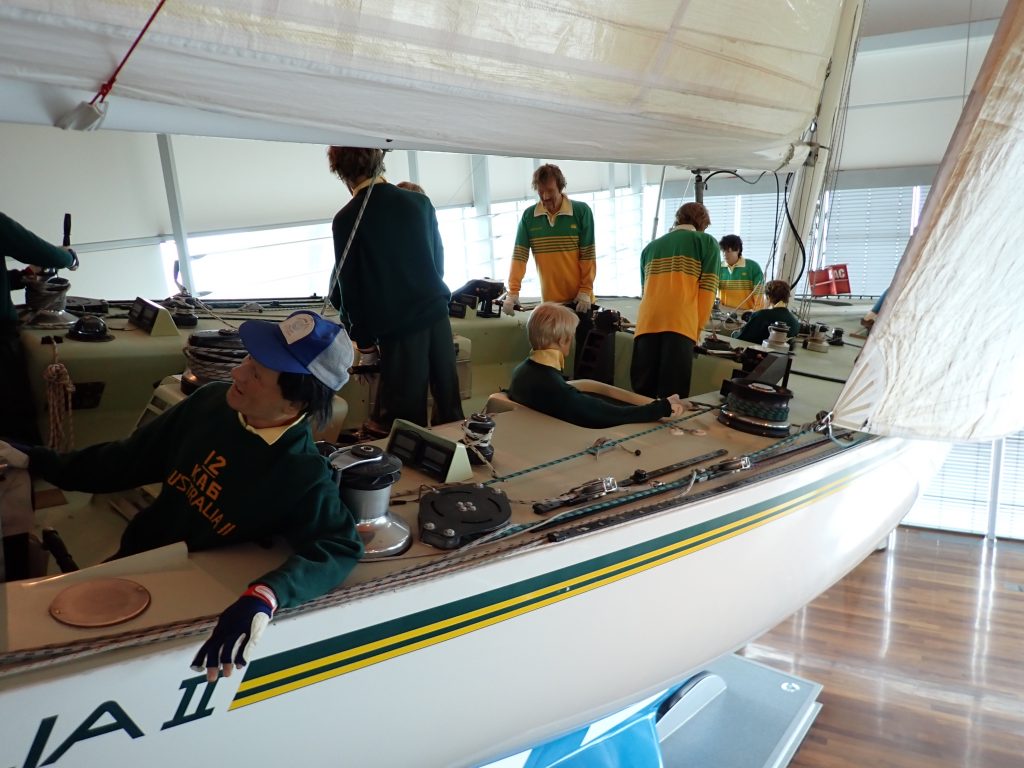
Alan Bond sold her to the Australian Government in the mid-1980s and she was initially lent to the National Maritime Museum in Sydney for display. In 2001 she was shipped to the UK to take part in the 150th Anniversary America’s Cup celebrations where she sailed with many of the original crew. On return to Australia she was moved to the Fremantle museum where she has been since.
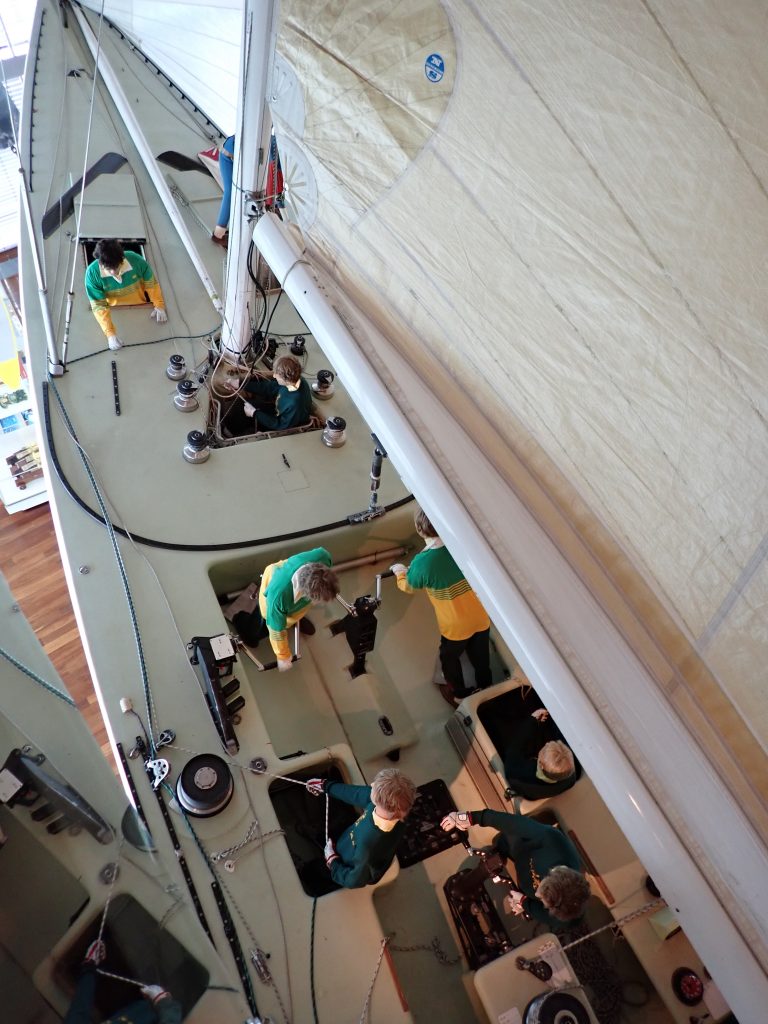
We rounded the day off by taking the train back to the appropriately named Mosman Park and then walking from there to Cottesloe beach. This took us through the Sculpture by the Sea exhibition. The trip back to South Perth was then a walk to Cottesloe Station and train back to Elizabeth Quay to pick up our usual ferry – a whole day’s travelling for a very reasonable $10 – London could learn something from that.
